Part 1 of 2 Parts
On February 21st of this year, Russian President Vladimir Putin said that Russia will suspend its participation in a key nuclear arms treaty current in forces with the U.S. Many nuclear experts called the move concerning for the world. Putin has repeatedly threatened the use of tactical nuclear weapons in Ukraine and strategic nuclear weapons against members of NATO who are helping Ukraine. This certainly increases discussions of nuclear proliferation.
Putin gave a speech to the Russian parliament shortly before the first anniversary of Russia’s invasion of Ukraine. He said that Russia would not officially withdraw but would suspend its participation in the New START treaty with the U.S. This agreement limited the two nation’s strategic nuclear arsenals. Putin accused the U.S. of attempts to strike Russian strategic air bases but offered no evidence. He said, “I am forced to announce today that Russia is suspending its participation in the strategic offensive arms treaty.”
The New START treaty is a key component of nuclear arms control between the U.S. and Russia. Together the two nations hold almost ninety percent of the world’s thirteen thousand nuclear warheads. Not only is each arsenal big enough to destroy the other nation but each could cause the destruction human civilization. The 2010 New Start treaty succeeded the 1991 Strategic Arms Reduction Treaty between the Soviet Union and the U.S. The treaty is supposed to extend to Feb. 4, 2026.
Mary Ellen O’Connell is a professor of law and a research professor of international dispute resolution at the Kroc Institute for International Peace Studies at the University of Notre Dame. She recently told a reporter that the suspension is different in substance than a withdrawal. She added that “If Russia withdrew, the treaty would be terminated, and a new treaty would need to be negotiated. A new treaty would also need to be submitted to the U.S. Senate for approval by a two-thirds vote. This is not necessary in the case of suspension. The treaty can be reactivated as soon as Russia ends the suspension. However, the U.S. has the right to terminate the treaty on the basis that the suspension is a material breach.”
O’Connell said that the Nuclear Non-Proliferation is an important component of preventing nuclear war but is separate from the New START agreement. She went on to say that “All the declared nuclear weapons states are party to the NPT. It alone pledges the parties to eventually eliminate their nuclear arsenals. The five declared states have taken no serious steps toward elimination of these weapons of mass destruction.”
Five nations are officially recognized as part of the Nuclear Non-Proliferation Treaty. They are China, France, Russia, the United Kingdom, and the U.S. O’Connell added that in “the midst of fears that Russia might use a nuclear weapon against Ukraine, the time to take seriously the treaty obligation to eliminate nuclear weapons, as we have with chemical and biological weapons, is long past due.”
Please read Part 2 next
Blog
-

Nuclear Weapons 812 – Russia Announces That It Is Suspending Participating In The New START Treaty With The U.S – Part 1 of 2 Parts
-
Nuclear News Roundup Feb 27, 2023
Dakota nuclear bomber, missile base foxnews.com
Major component manufacture is eVinci milestone world-nuclear-news.org
Officials Outline Strategy in Nuclear Posture Review defense.gov
Family sues after nuclear physicist’s death in Virginia jail apnews.com
-
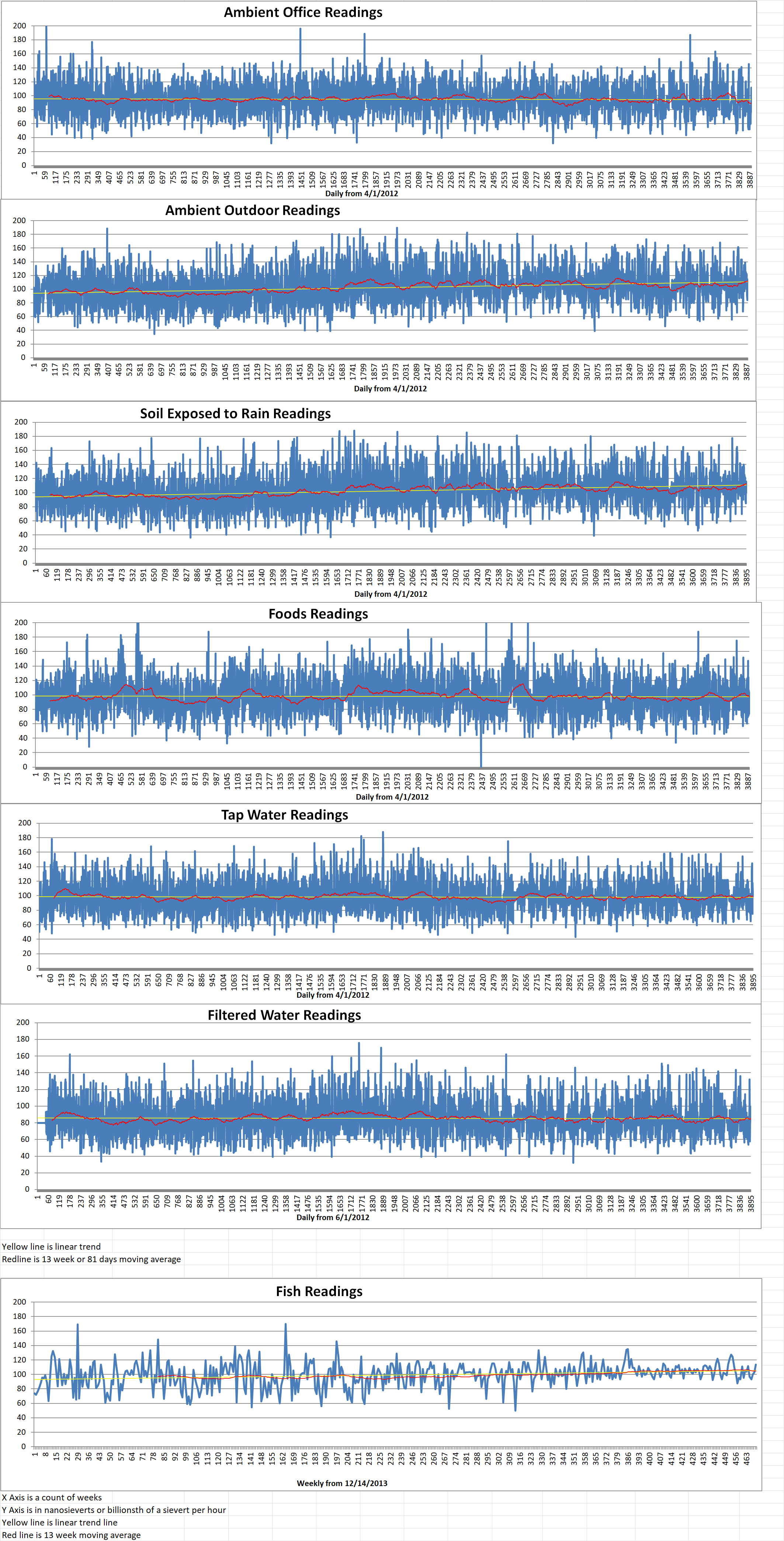
Geiger Readings for Feb 27, 2023
Ambient office = 111 nanosieverts per hour
Ambient outside = 101 nanosieverts per hour
Soil exposed to rain water = 100 nanosieverts per hour
Lime from Central Market = 74 nanosieverts per hour
Tap water = 102 nanosieverts per hour
Filter water = 86 nanosieverts per hour
-
Nuclear News Roundup Feb 26, 2023
Nuclear power in Hurricane, Washington City could soon be a reality stgeorgeutah.com
Iran says UN nuclear watchdog chief to visit in ‘coming days’ arabnews.com
Russia repeats nuclear threat, demanding West halt arming of Ukraine upi.com
France seeks pro-nuclear alliance for EU energy talks reuters.com
-
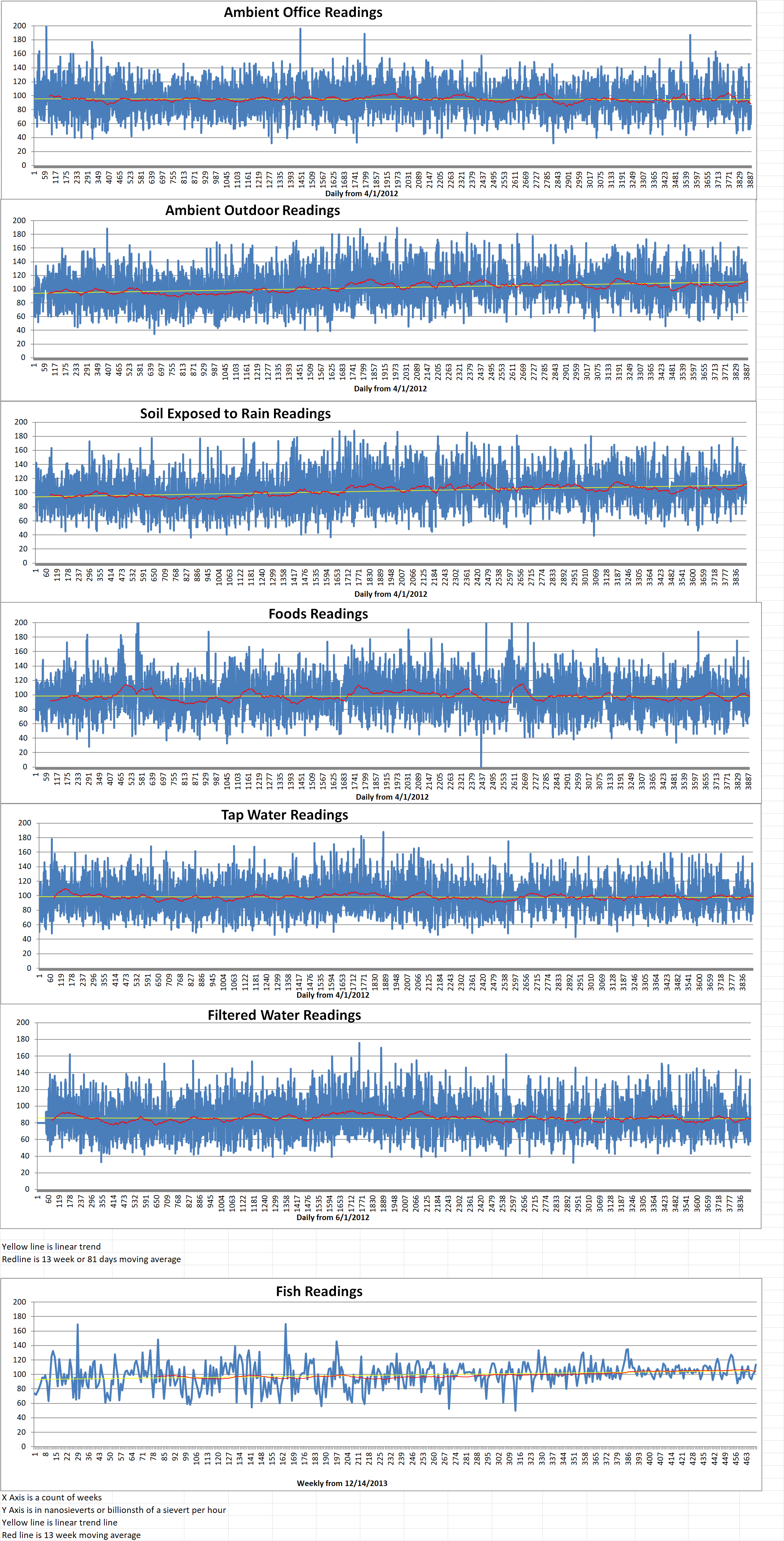
Geiger Readings for Feb 26, 2023
Ambient office = 77 nanosieverts per hour
Ambient outside = 114 nanosieverts per hour
Soil exposed to rain water = 116 nanosieverts per hour
Heirloom tomato from Central Market = 83 nanosieverts per hour
Tap water = 108 nanosieverts per hour
Filter water = 82 nanosieverts per hour
-
Nuclear News Roundup Feb 25, 2023
Belarus to expand nuclear cooperation with TVEL world-nuclear-news.org
Fire contained at Tennessee uranium processing facility, nuclear safety officials say usatoday.com
Russia Will Not Resume START Nuclear Talks Until Washington Listens to Moscow usnews.com
Nuclear deal: The world cannot wait for Iran indefinitely arabnews.com
-
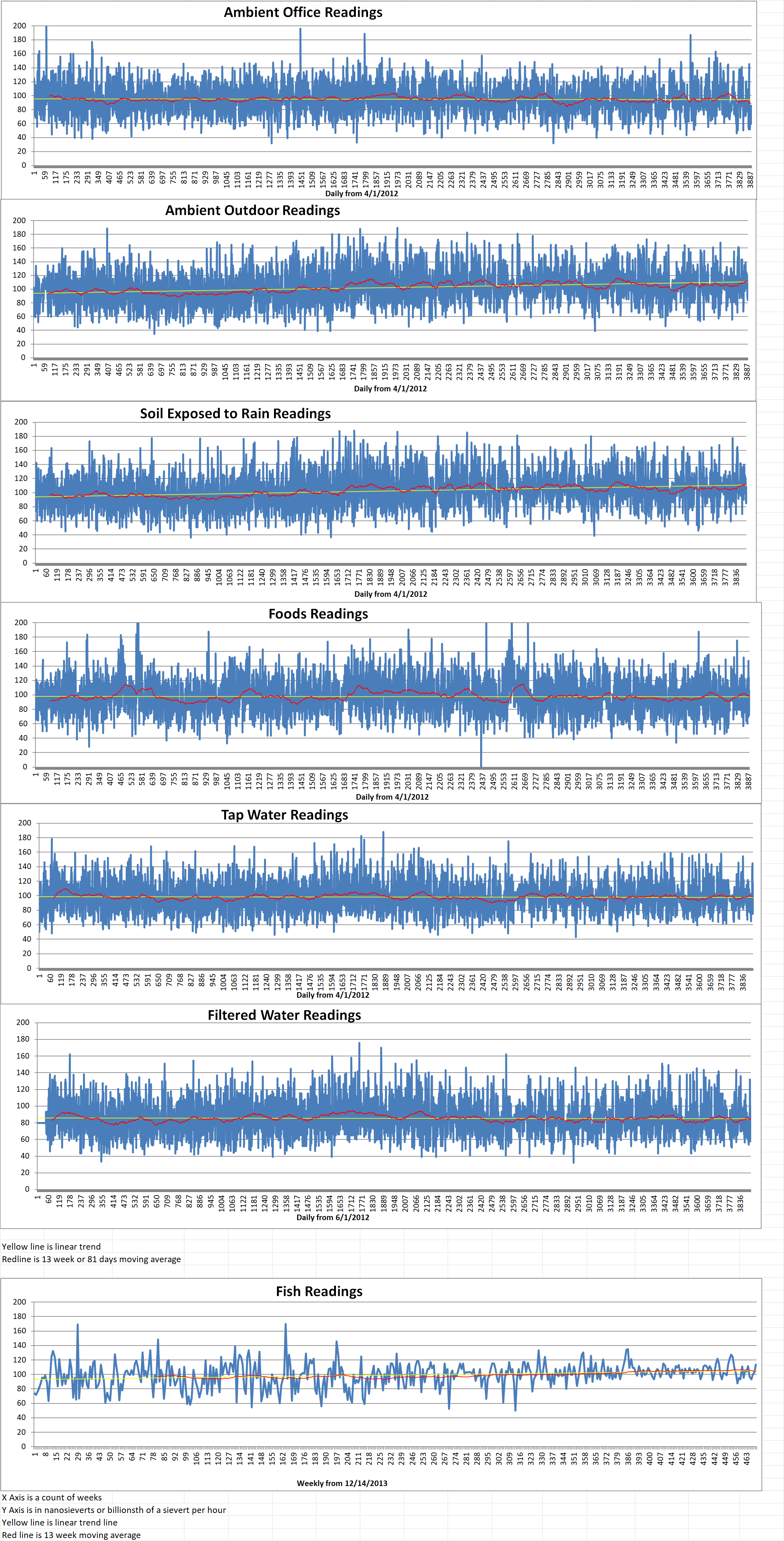
Geiger Readings for Feb 25, 2023
Ambient office = 86 nanosieverts per hour
Ambient outside = 108 nanosieverts per hour
Soil exposed to rain water = 108 nanosieverts per hour
Grape from Central Market = 104 nanosieverts per hour
Tap water = 99 nanosieverts per hour
Filter water = 81 nanosieverts per hour
Dover Sole from Central = 113 nanosieverts per hour
-
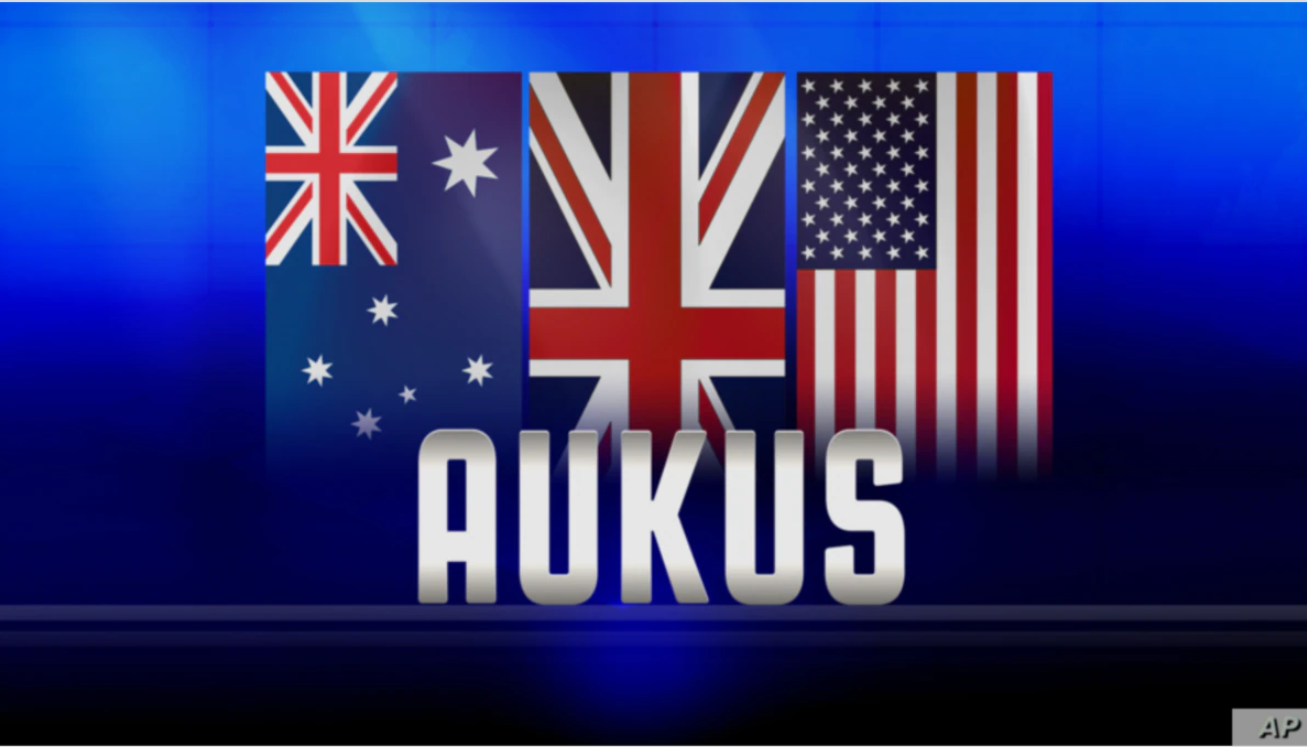
Nuclear Reactors 1133 – Australian Prime Minister Discusses The AUKUS Project
Anthony Albanese is the Australian Prime Minister. He says that a deal to provide Australia with nuclear-powered submarines will be the nation’s biggest expansion of defense capability in its history. He added that the United States and Britain will also benefit from the partnership.
A decision will be announced this March on how a fleet of Australian submarines powered with U.S. nuclear technology will be delivered under the AUKUS tripartite agreement.
Options for the submarines design include a next-generation U.S. Virginia-class sub, a British Astute-class sub or a new hybrid design.
Critics of the agreement claim that neither the U.S. nor the U.K. has the capacity to start delivering the subs by 2040. In addition, they say that Australia lacks the shipbuilding capacity to take a lead role in the project.
Albanese said last Thursday that the technology sharing among the AUKUS partners would bring many benefits beyond the submarines.
Albanese told the Australian National Press Club about the nation’s advance from Australian-built Collins-class diesel-electric submarines that went into service more than 20 years ago. He said, “Now, this will be the single biggest leap in our defense capability in our history. AUKUS is about much more than nuclear submarines or even technological interoperability. AUKUS is about the future. It further formalizes the common values and the shared interests that our three nations have.”
Albanese mentioned that the three governments involved in the pact were focused on how their countries would benefit from spinoffs from the submarine-building cooperation.
He said, “It’s a focus that recognizes that it’s not a zero-sum game. This is one of those times when one plus one plus one equals more than three because there’s a multiplier effect and a benefit from sharing some of the science and innovation. All three countries want the sum to be a benefit for all of the three nations.
Critics of the pact argue that Australia’s lack of experience with nuclear technology will mean that it will be heavily reliant on its nuclear-armed partners. The only nuclear reactor in Australia is in the Sydney suburb of Lucas Heights where it produces nuclear isotopes for medical use.
Unlike Australia’s homemade fleet of submarines, critics argue that Australia might not be able to use its nuclear submarines in circumstances that the U.S. or the U.K. disagree with. However, Albanese said that Australia would maintain authority to decide how and where the subs are deployed.
He said, “Australia will maintain our sovereignty. That’s a decision for Australia as a sovereign nation, just as the United States will maintain its sovereignty and the United Kingdom will maintain its sovereignty.”
Australia’s regional neighbors fear that a nuclear weapons race will break out because of the AUKUS deal. Australia has reassured it neighbors that the new submarines will never carry nuclear weapons.
Australia currently spends a little more than two percent of its GDP on defense. This is above the two percent minimum that former President Trump demanded that U.S. allies spend on defense. Albanese said that defense spending would increase in the future. -
Nuclear News Roundup Feb 24, 2023
ČEZ and Škoda JS expand use of 3D printing world-nuclear-news.org8th U.S.-ROK Deterrence Strategy Committee Table-Top Exercise defense.gov
Constellation’s Nuclear Fleet Outperformed as Fossil Plants in Nation’s Largest Grid Failed During Winter Storm Emergency businessswire.com
Poland to develop 1st nuclear power plant with Westinghouse apnews.com
-
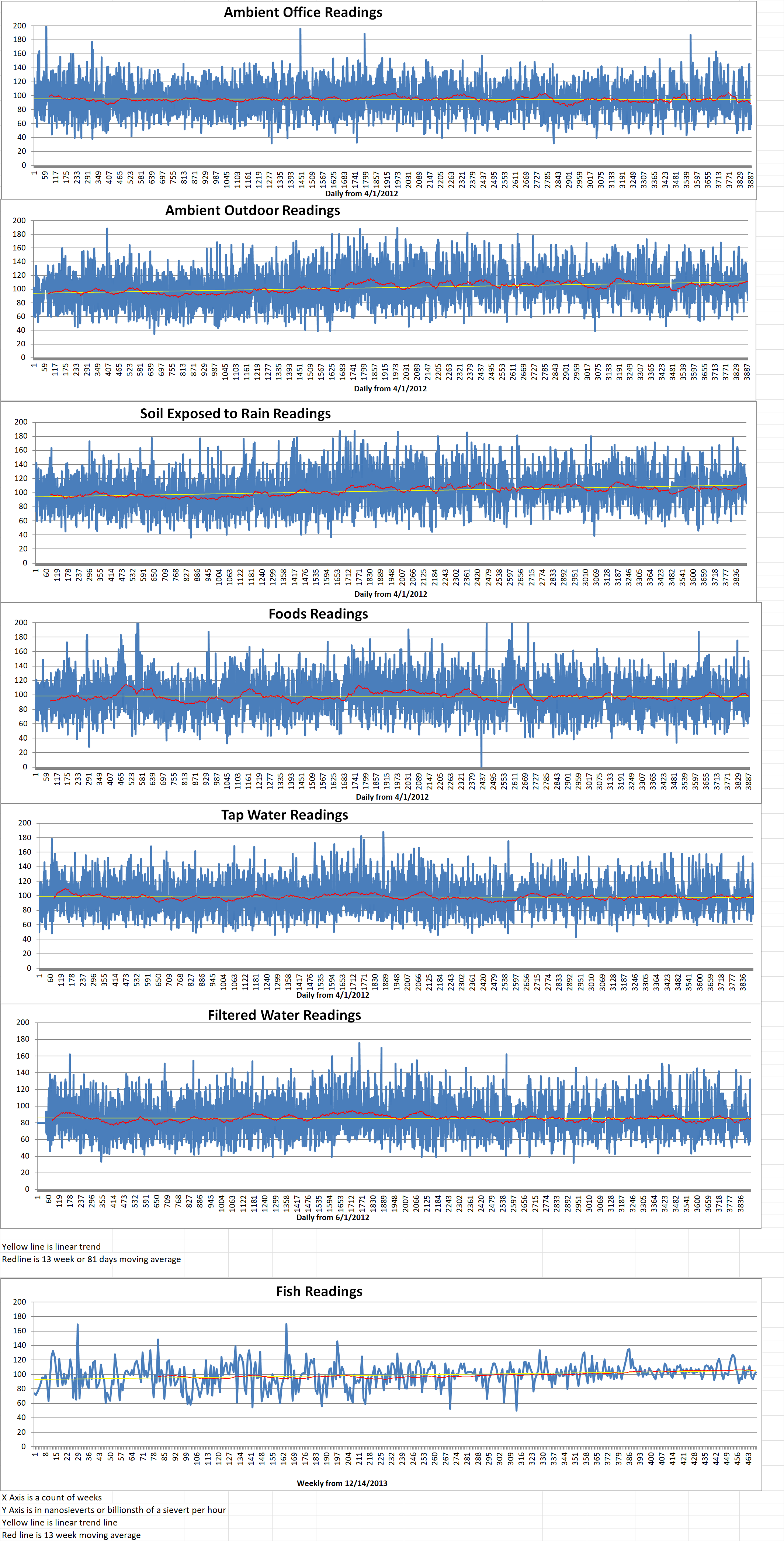
Geiger Readings for Feb 24, 2023
Ambient office = 72 nanosieverts per hour
Ambient outside = 84 nanosieverts per hour
Soil exposed to rain water = 85 nanosieverts per hour
English cucumber from Central Market = 73 nanosieverts per hour
Tap water = 118 nanosieverts per hour
Filter water = 100 nanosieverts per hour
